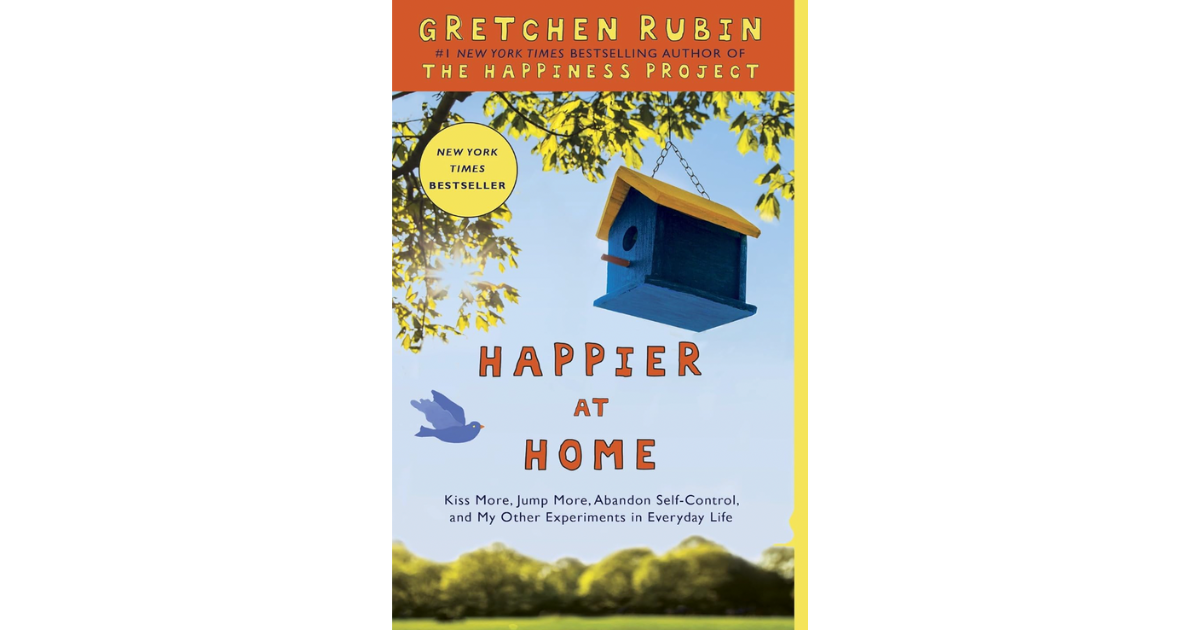Business Book Review: The Art of Taking it Easy by Dr. Brian King
The art of taking it easy makes managing stress seem like a breeze. The secret is to understand the science of stress and the simple steps that can help.
My Rating: ★★★★
Length: 256 pages
Publisher: Apollo Publishers
Released: 2020
Key Takeaways for Personal Branding
Qualified psychologist and stand-up comic Dr. Brian King skilfully shares insights on coping with stress. In a beautiful blend of science, common sense and wit, he makes coping with stress seem easier than you ever imagined possible.
The Science of Stress
Brian highlights the simplest definition of stress he has come across:
“Stress is our brain’s reaction to a perception of threat. That’s it, and that’s all. Notice the mention of threat: that is the key to understanding the response.”
So, the thing we should do in a seemingly stressful situation is stop to ask ourselves, “Is this situation actually threatening?”
“The problem is that more often than not, there is no bear. Remember, stress is not our reaction to threat, it is our reaction to the perception of it.”
Brian, who specialises in the brain (neuroscience) shares the science behind our often overreaction to stressful situations. It starts with ‘threat appraisal’ in the amygdala area of the brain. This is involved in our experience of emotions, learning, memory formation and basic decision-making. The activity in this area of the brain happens outside of our conscious awareness. So, we are completely oblivious to the activity.
When the amygdala determines a stimulus to be a potential threat, it sends a signal to another area of the limbic system, the hypothalamus, which activates the sympathetic nervous system. This controls our physiological responses. The process is so fast you can’t consciously think. Our prefrontal cortex, which does the ‘thinking’ and conscious decision making, is slow - very slow.
Why Worry?
On stress, Brian says it best:
“If we can’t do anything to change a situation, what is the point of worrying about it?”
Understand that your brain needs activity. To overcome worry, you have to redirect your thoughts - read, clean, watch TV or talk to someone about things other than the thing you’re stressed about. Redirect your train of thought. Distraction is said to be a common practice in therapy. Inactivity makes your brain uncomfortable. When you think you’re stressed, you may just be bored. If the brain isn’t stimulated, it will find a way to stimulate itself. Don’t let worry be the way it relieves its boredom.
Practising Positive Thinking
Brian highlights how Dr. Laura King promoted the power of writing in a journal once a week to increase positive thinking. Try ‘best possible selves’ writing to project your future goals into the present.
Another technique the book highlights which presents an interesting alternative for the more creatively inclined, is the idea of keeping a public journal using social media. Propel your positivity by treating your posts as your gratitude journal.
Decatastrophisation
When you can’t find a way to think positively, try the opposite using what psychologists call ‘decatastrophisation’. Determine the worst possible case scenario. Ask yourself:
What’s the worst thing that could happen?
What are the chances that will happen?
It helps put the stress you feel in the current situation into perspective. So you can be easier on yourself.
The Art of Taking it Easy by Dr. Brian King is Available on Amazon.




